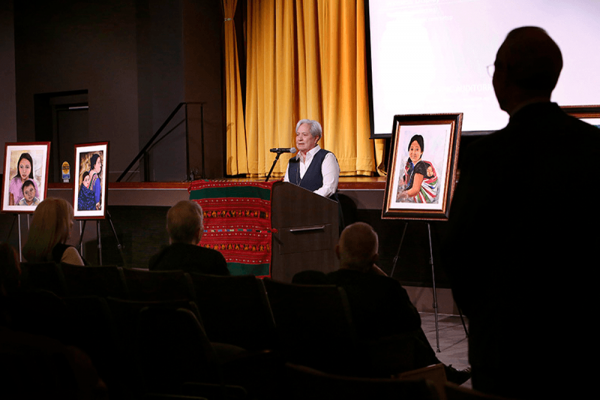Sep 26, 2024
The amber appears to ooze across the floor like slow-flowing lava. Containing found objects and materials sourced from Salvadoran communities around Los Angeles, Eddie Rodolfo Aparicio’s artwork is expansive and expressive of the materiality of often-marginalized Central American migrants in Southern California.
Read the Full Article

Already a subscriber? Login
